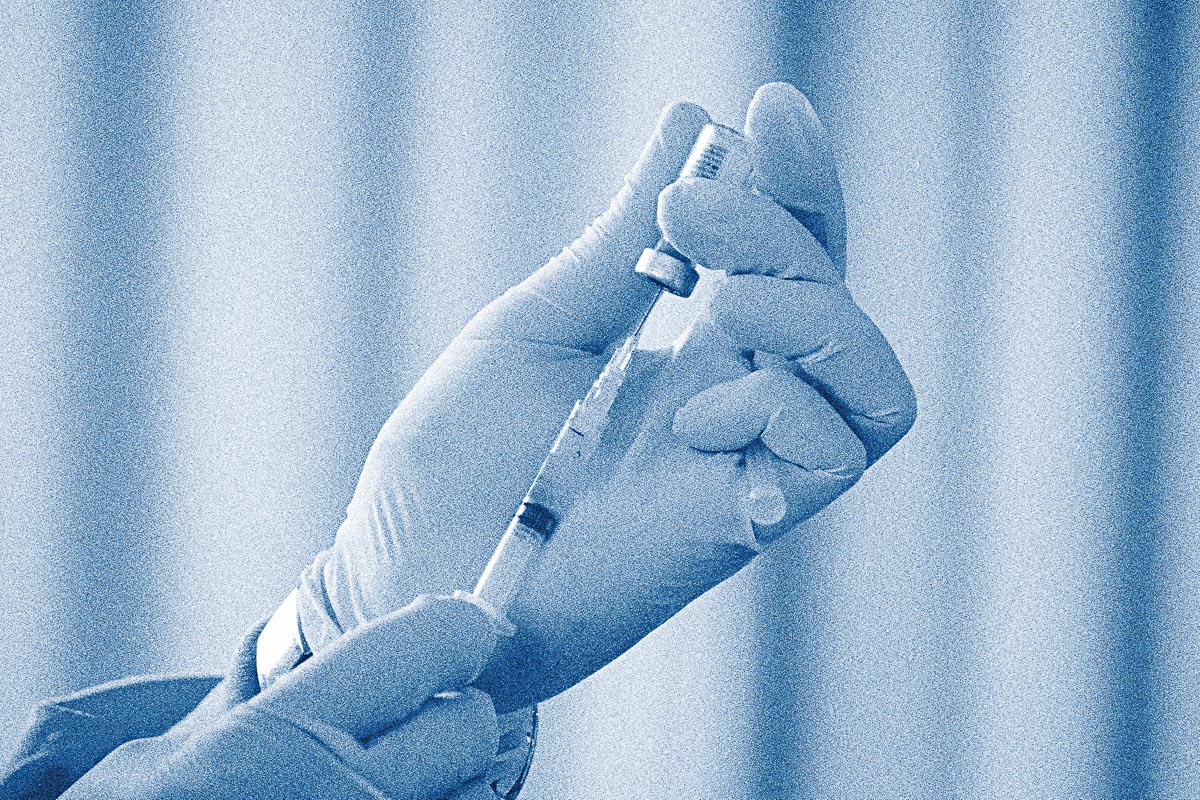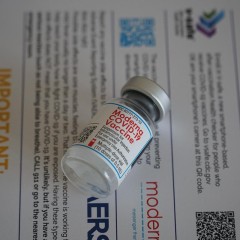When this blog looked at vaccination rates across the county last month, we addressed how improving vaccine access—rather than fighting ideological hesitancy—might be a smarter public policy focus. At the time, local incentive programs, such as the city of Houston’s $25 gift card, did not seem like enough to help people overcome whatever obstacles they had to face.
The question is, did the city’s and county’s offer of $100 or more do the trick? To begin to answer this question, I turned to the Kinder Institute’s Urban Data Platform, which has published a new dataset that includes vaccine uptake across Texas by ZIP code since March 2021.
Here's what I found: It certainly did have an effect, and that effect might have been more pronounced in areas where it was needed most. But a host of other factors—such as strategic community outreach—may have played as big of a role, if not bigger. The incentive was a short-lived solution to a complicated set of problems.
According to the Houston Chronicle, the county has handed out 65,000 gift cards since announcing the program Aug. 17, while the city of Houston, which was offering $100 for the first dose and $50 for the second, had given out 13,500 gift cards. These gift cards were only available at city- or county-sponsored sites, and county program was set to expire Sept. 30.
At the same time, there seemed to be a succession of pro-vaccination steps being taken from the federal to the local level clearing the way. The Food and Drug Administration gave its seal of approval to the Pfizer vaccine Aug. 23. President Joe Biden announced vaccine mandates for large companies and health care workers Sept. 9, as well as requiring paid time off to receive a vaccine.
Simultaneously, the surge in Delta cases and deaths motivated a significant share of people to finally get their shot. A poll from the Kaiser Family Foundation showed around 40% of Americans who recently got vaccinated as of mid-September cited their major reasons for doing so were the rising Delta variant, overcrowding hospitals, or knowing someone who got seriously ill or died as a result of COVID-19.
Amid this confluence of factors, local outreach efforts also began ramping up.
“We're of the mind that there is no single silver bullet,” said Chris Valdez, communication director for Houston in Action, a nonprofit that coordinates efforts among several community partners on local issues. “Frankly, we welcome any efforts that successfully increase access to vaccinations among communities who have historically had limited access to health care.”
Unpacking the data
If the incentive programs (or any of the above factors) had on effect on accelerating overall uptake in Harris County's neighborhoods, then the number of new vaccinations would be expected to increase at a faster rate than it did prior—in other words, more people on average would be getting vaccinated every day. This "average daily new vaccinations" was calculated for each ZIP code in Harris County for the seven weeks leading up to the expansion of local incentives Aug. 16 (Houston initially announced a smaller incentive, $25, on Aug. 2.) and another average was calculated for the six weeks that followed (up to Sept. 27).
As an aggregate of all ZIP codes, here is what stands out: The rate of uptake actually slowed after the incentive roll-out (there was a one-week bump after the Aug. 2 announcement). The period leading up had around 7,100 new vaccinations per day; after, this dropped to around 6,800. If—and this is a big if—all of the 80,000 or so got shots with incentives would not have gotten one otherwise, then the daily rate would have been about 4,800 a day. (The multi-million-dollar question is whether the incentive itself was the main motivator for those individuals, or if equivalent numbers of people would have gotten it anyway.)
That said, the effect was clearly positive in areas where it was sorely needed.
Several ZIP codes, such as 77016, 77026, 77028 and 77078, saw their average daily new vaccinations increase rapidly. These areas, home to neighborhoods Kashmere Gardens, Settegast and others, have been lagging the county in overall vaccination rates, so the increases here are encouraging. It might be that cash incentives helped motivate some additional vaccinations here, particularly where people might have had to sacrifice a day of work to go get one. But outreach efforts surely played a part as well.
Houston in Action network members reached out to over 100,000 people, Valdez said, and directly assisted at least 4,000 people in getting vaccines. The group also used listening sessions focused specifically on vaccine hesitancy and motivators to tailor their approach, which included offering question-and-answer sessions led by Spanish-speaking doctors and scientists.
“We've been focused on very local events in areas where we still have lower vaccination rates among Black, Latinx and low-income communities, to create opportunities for unvaccinated folks to talk about and consider vaccination,” he said. “That also includes knocking on doors, texting, making phone calls. And the people that are making those calls and texts are Houston in Action member organizations, people who have existing relationships with those communities—trusted messengers.”
He points out that the ZIP codes targeted by his group’s outreach programs actually had better outcomes than the county overall. (It's true. They worked with 77016, 77026, 77036, 77051 and 77067, which combined had 15% more average daily new vaccinations.) This could be evidence that outreach programs are having a force-multiplying effect.
It's track record they hope to continue. It has additional town halls targeting parents and Black communities coming in October and November.
Closing the gap
Unfortunately, the data shows a slowdown is occurring—from more than 12,000 a day to around 4,000 a day by the end of September.
Getting those numbers back up and ultimately getting the county from a total vaccination rate of 53% to something closer to 70-80% could be even steeper uphill battle from here on out.
“We're reaching a point where the people we need to reach have spent the last 6-9 months unvaccinated. So, increasingly, these are folks with either the firmest stances against vaccination or those with the greatest barriers to access,” Valdez said.
Houston in Action's vaccination events and resources—and a process to request a local event—are available at safertogetherharris.org.


